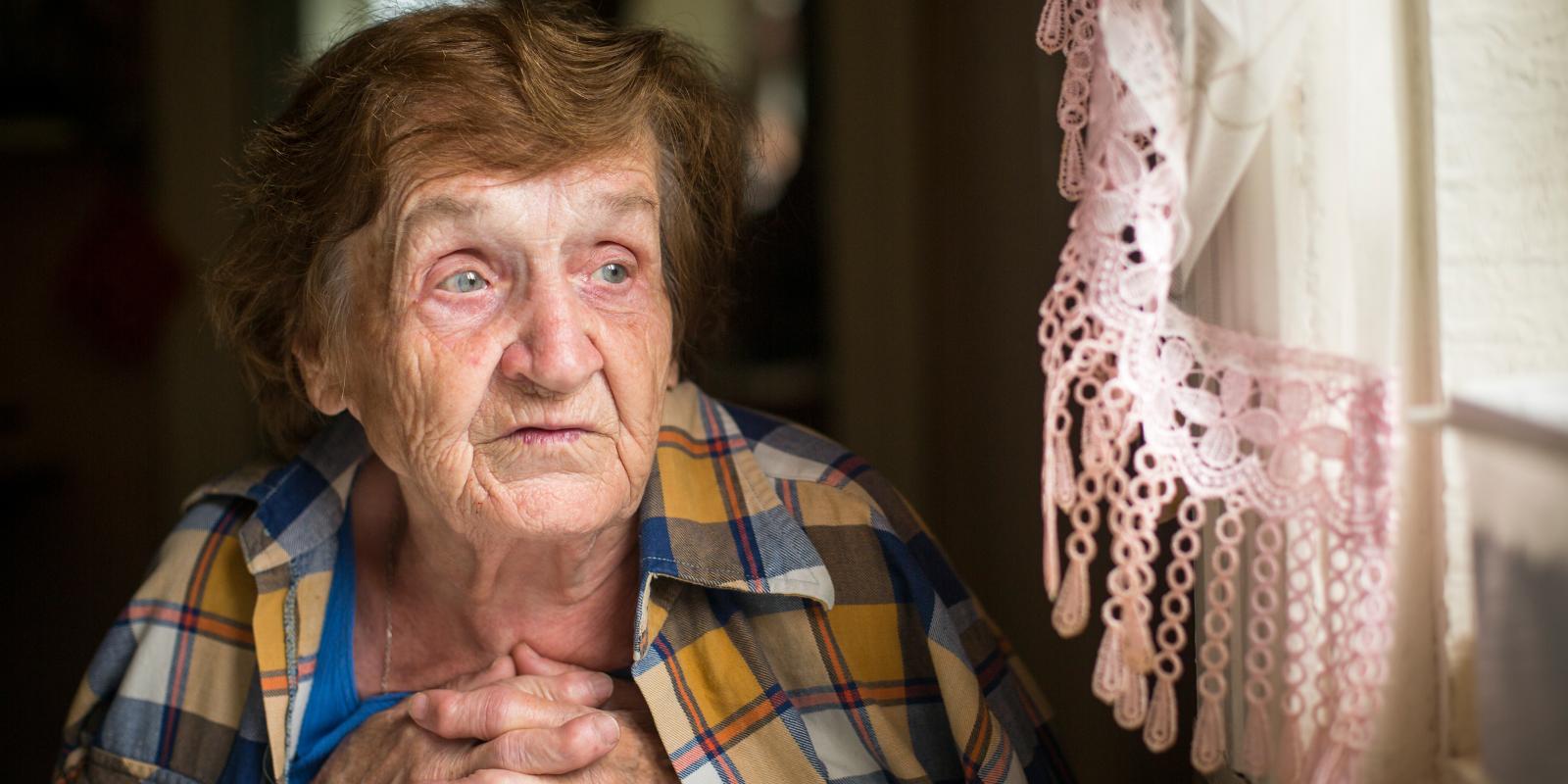Trauma-informed care is of the utmost importance while the shift toward home-based care sets in. As our population becomes increasingly diverse, it’s important to understand the cultural and historical underpinnings that may hinder their treatment under outdated models and practices of patient care.
Not only are trauma-informed practices critical to the delivery of care to residents in senior living communities and using home-based care, but workplaces need to be trauma-informed as well. Seven in 10 employees felt that the pandemic has been the most stressful time of their working lives. Understanding how to respond to distressed employees, care partners and older adults is critical to your success.
Who Experiences Trauma?
Anyone can experience trauma. These types of events don’t discriminate. Trauma is “a mental condition caused by severe shock, stress or fear, especially when the harmful effects last for a long time,” according to the Oxford Learner’s Dictionary. Trauma can happen at any age, at any time, and could be a short event or could span years.
Traumatic experiences can look different in different people, too, even from the same event. Traumatic lived experiences could include those of Holocaust survivors, or those who were in New York City on 9/11, and survivors of domestic violence. Each of these scenarios describes a different type of traumatic experience.
These experiences also drive how people will need to receive long-term care as they age.
What Are Trauma-informed Care Practices?
Best practices can vary depending upon the severity and type of trauma. Someone who was sexually assaulted at a young age may be particularly disturbed by people coming in and getting her undressed for a shower. Instead, knocking and introducing yourself and going over each step in advance can help to smooth the process without retriggering the person.
One best practice for trauma-informed care is to first collect a complete medical history. Understanding the person’s life journey is especially helpful in determining which health interventions will be most useful.
‘Trauma-informed care recognizes each client, each caregiver and each person and works to build strength-based communities.’
With Holocaust survivors, for example, because medical professionals were complicit in the mistreatment of Jewish people, older adults may be resistant to accepting care for this reason alone. Allowing staff members to dress in street clothes (non-medical attire) will help avoid retraumatization, and help to re-establish trust in healthcare providers, develop rapport with staff, and ensure positive outcomes.
Not only does this affirm the patient’s experiences, but it validates their worldview. As a provider, this helps to demonstrate a commitment to high-quality, individualized patient care. It’s a way to make the community a safe haven and a place of safety in which people can live and thrive.
Empowerment Through Choice
No one wants to be placed squarely into a box on an activity calendar. Establishing a recreational therapy program based on individual interests and not attempting to cater to the masses is critical.
Additionally, it’s important for older adults to be empowered through choice. Establishing choice architecture gives older adults the ability to remain in control and independent. Trauma-informed care recognizes each client, each caregiver and each person and works to build strength-based communities rather than focusing on diagnoses or disabilities.
In home-based settings, choice architecture can be as simple as asking someone what they would like to do each day, engaging with their personal interests, hobbies, career interests and more. It could also mean going on outings into town and to places that conjure positive memories and moments.
Helping the Next Generation Age Well
The Baby Boomer cohort has made it clear they want more control, choice and value as they age, especially in a senior living situation. This includes understanding the impact that trauma has had on all aspects of life.
Trauma is not just a mental health issue, it’s a whole-person issue. We cannot continue to separate and segment people by diagnoses and complexity of care. Instead, by spreading awareness of trauma-informed care practices, we can all help each other live well.
Jennifer Lagemann is a freelance writer, researcher and journalist in the senior care industry with a background as a family caregiver, professional caregiver and home care administrator.













